Loading...
Blog Details
Blog Details
Kashmir’s Flora and Fauna: A Natural Paradise
Kashmir is not only renowned for its stunning landscapes and rich culture but also for its diverse flora and fauna. The region’s unique geography, climate, and ecosystem make it a biodiversity hotspot. This blog will explore the rich natural heritage of Kashmir, highlighting its remarkable plant and animal life.
**Flora of Kashmir**: The valley is home to a variety of plant species, ranging from lush forests to alpine meadows. The lower regions are covered with dense forests of pine, deodar, and fir trees, while the higher altitudes are characterized by alpine flora, including vibrant wildflowers. The famous **Srinagar Tulip Garden**, one of Asia’s largest tulip gardens, showcases a dazzling array of colors every spring, attracting visitors from around the world.
**Medicinal Plants**: Kashmir is also known for its wealth of medicinal plants, many of which have been used for centuries in traditional medicine. Herbs like **Kashmiri saffron**, **cumin**, and various wildflowers possess therapeutic properties and are integral to local healing practices. The knowledge of these plants is passed down through generations, highlighting the region’s deep connection to nature.
**Fauna of Kashmir**: The wildlife in Kashmir is as diverse as its plant life. The region is home to several species of mammals, birds, and reptiles. The **Kashmir stag**, also known as the **Hangul**, is an endangered species found in the dense forests of the Dachigam National Park. Efforts are being made to conserve this majestic animal, which is an important symbol of the region.
**Birdwatching**: Kashmir is a paradise for birdwatchers, with over 500 species of birds recorded in the region. Migratory birds flock to the wetlands and rivers during the winter months, creating a spectacular sight. The **Hokersar Wetland** is a prime location for birdwatching, where visitors can spot various species, including ducks, cranes, and waders.
**National Parks and Wildlife Sanctuaries**: To protect its rich biodiversity, Kashmir has established several national parks and wildlife sanctuaries. **Hemis National Park**, located in Ladakh, is known for its snow leopards and diverse flora and fauna. The **Kishtwar National Park** is another gem, featuring lush forests and a wide variety of wildlife. These protected areas play a crucial role in conserving the region’s natural heritage.
**Ecotourism**: The increasing awareness of the importance of biodiversity has led to the rise of ecotourism in Kashmir. Tourists are encouraged to explore the region’s natural beauty while minimizing their impact on the environment. Activities like trekking, wildlife photography, and guided nature tours promote conservation and provide a sustainable livelihood for local communities.
In conclusion, Kashmir’s flora and fauna are integral to its identity and allure. The region’s diverse ecosystems and rich biodiversity make it a haven for nature lovers and adventure seekers. By exploring the natural wonders of Kashmir, travelers can gain a deeper appreciation for the beauty and complexity of this enchanting region.
Also Read
Packages
Tailored for You
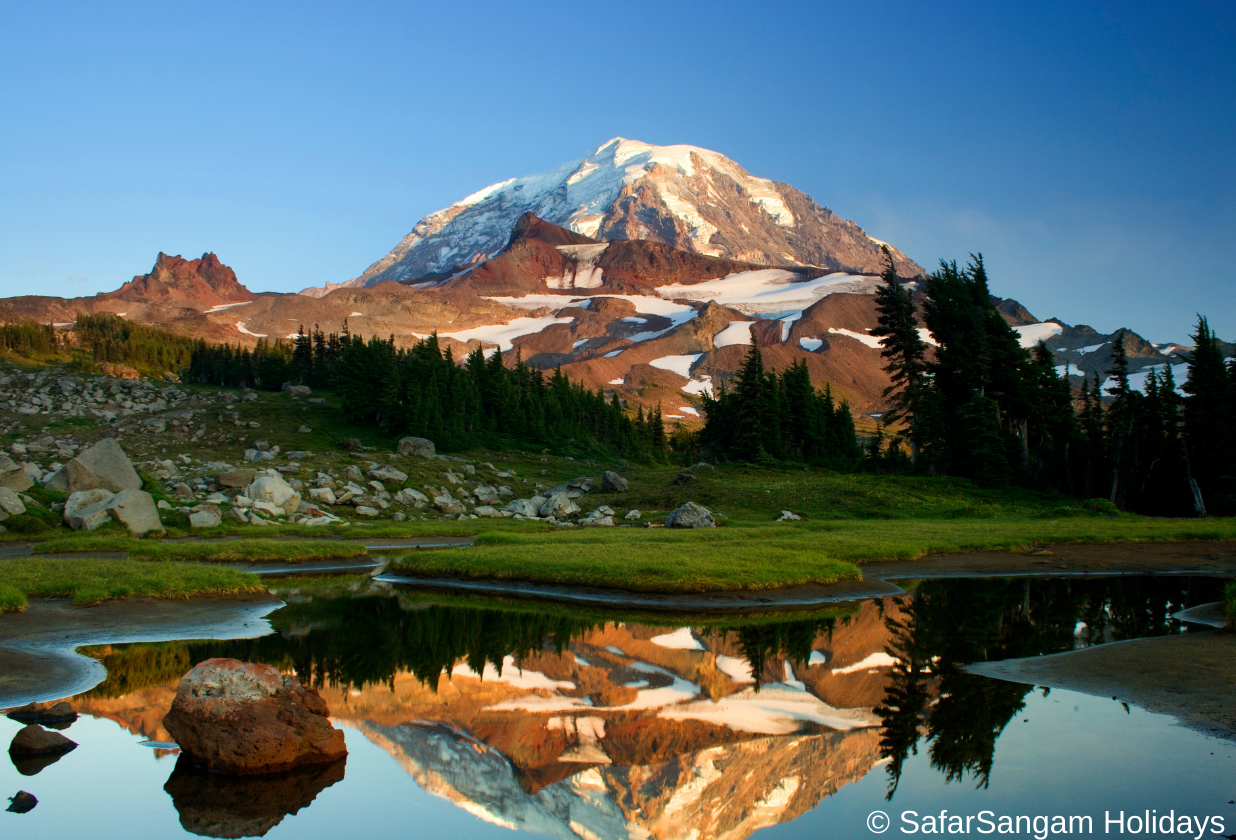 5 days & 4 nights
5 days & 4 nights
Kashmir Splendor Package
Srinagar
Gulmarg
Pahalgam
+ 2
INR 15000 INR 20000
You save INR 5000
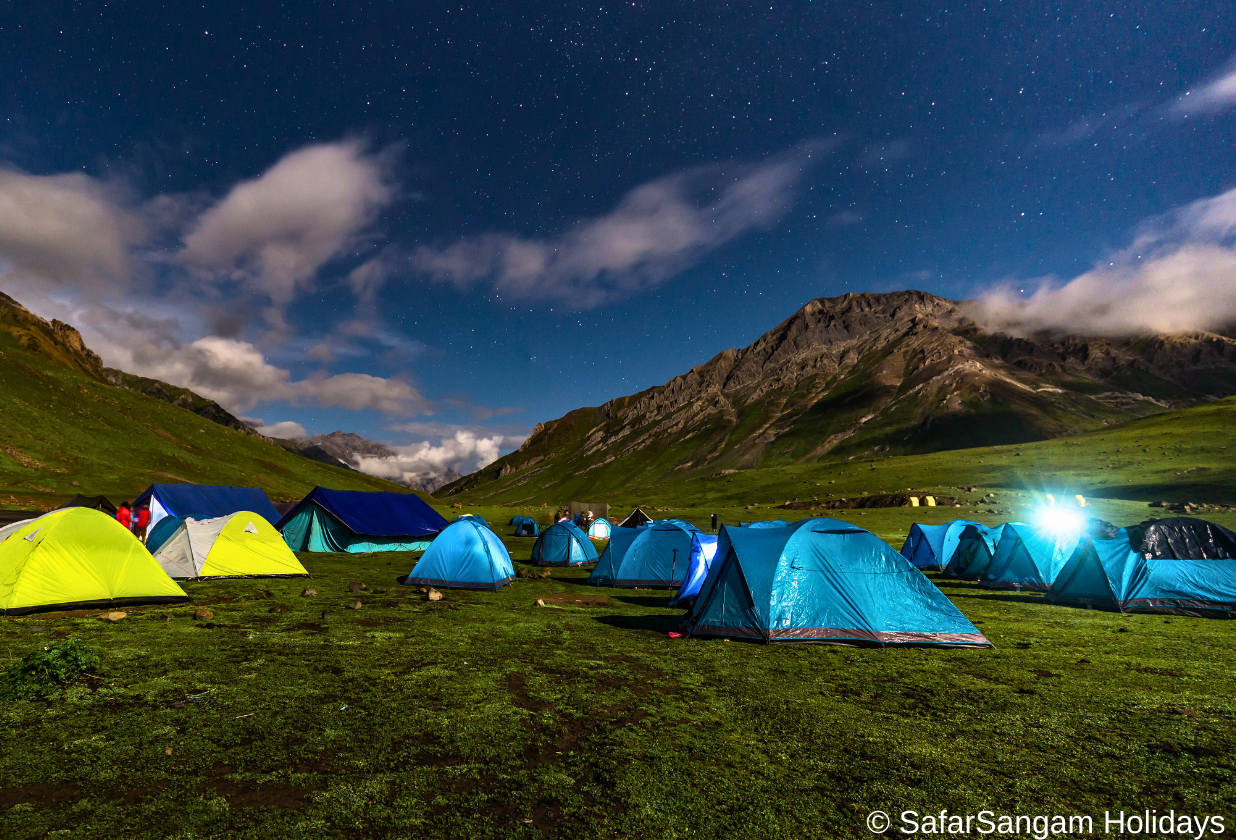 7 days & 6 nights
7 days & 6 nights
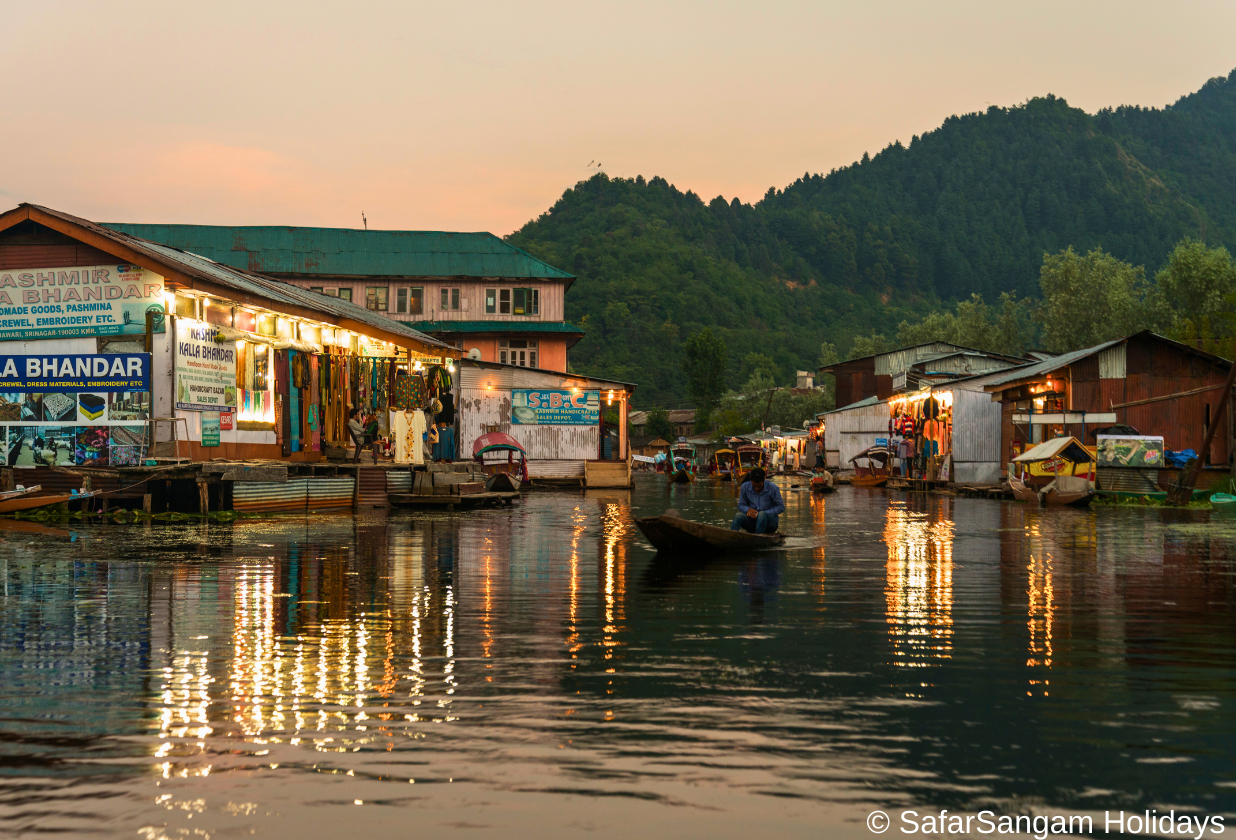 4 days & 3 nights
4 days & 3 nights
Cultural Kashmir Tour
Srinagar
Pampore
Awantipora
+ 2
INR 12000 INR 16000
You save INR 4000
 6 days & 5 nights
6 days & 5 nights
Kashmir Honeymoon Package
Srinagar
Gulmarg
Pahalgam
+ 2
INR 25000 INR 30000
You save INR 5000
 5 days & 4 nights
5 days & 4 nights
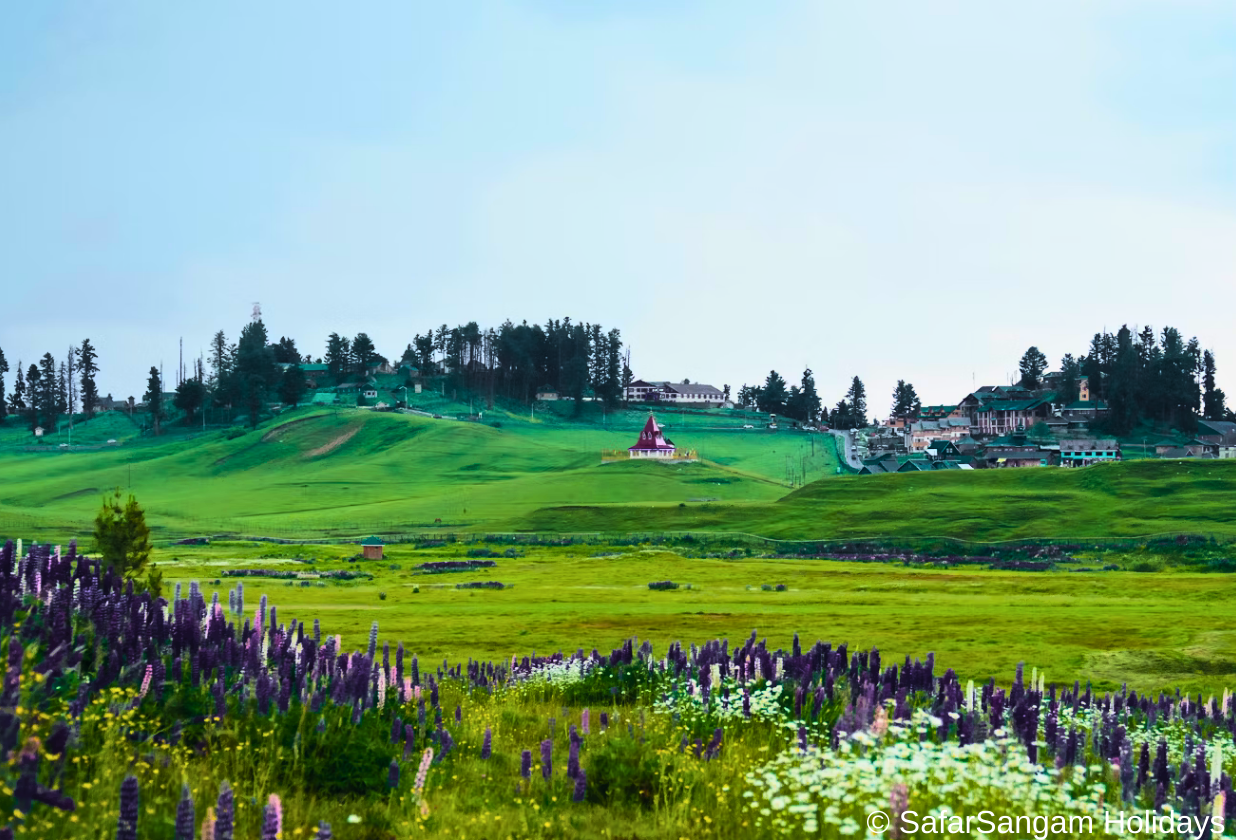 5 days & 4 nights
5 days & 4 nights
Kashmir Heritage Tour
Srinagar
Baramulla
Pampore
+ 2
INR 13000 INR 17000
You save INR 4000
 6 days & 5 nights
6 days & 5 nights
Nature Retreat in Kashmir
Srinagar
Gulmarg
Pahalgam
+ 2
INR 16000 INR 21000
You save INR 5000
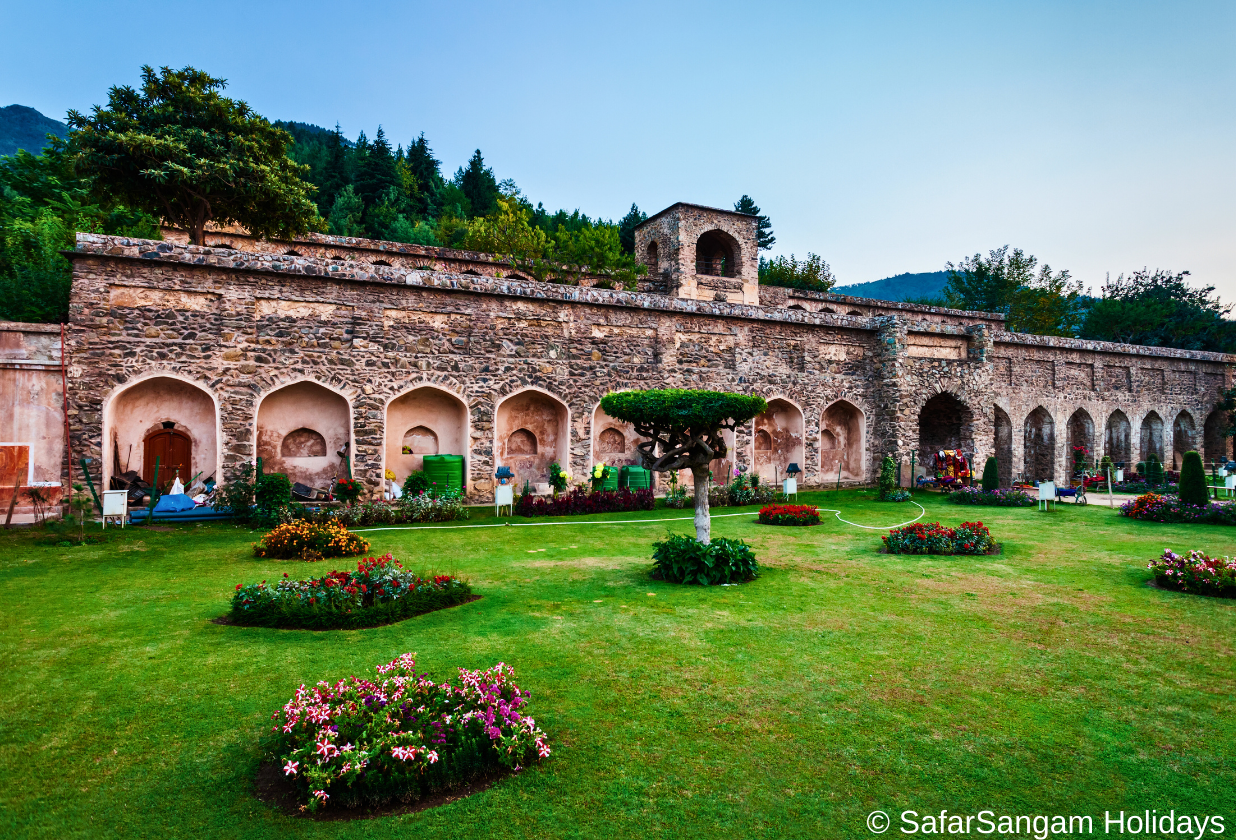 5 days & 4 nights
5 days & 4 nights
Photography Tour in Kashmir
Srinagar
Gulmarg
Pahalgam
+ 2
INR 14000 INR 19000
You save INR 5000
 7 days & 6 nights
7 days & 6 nights
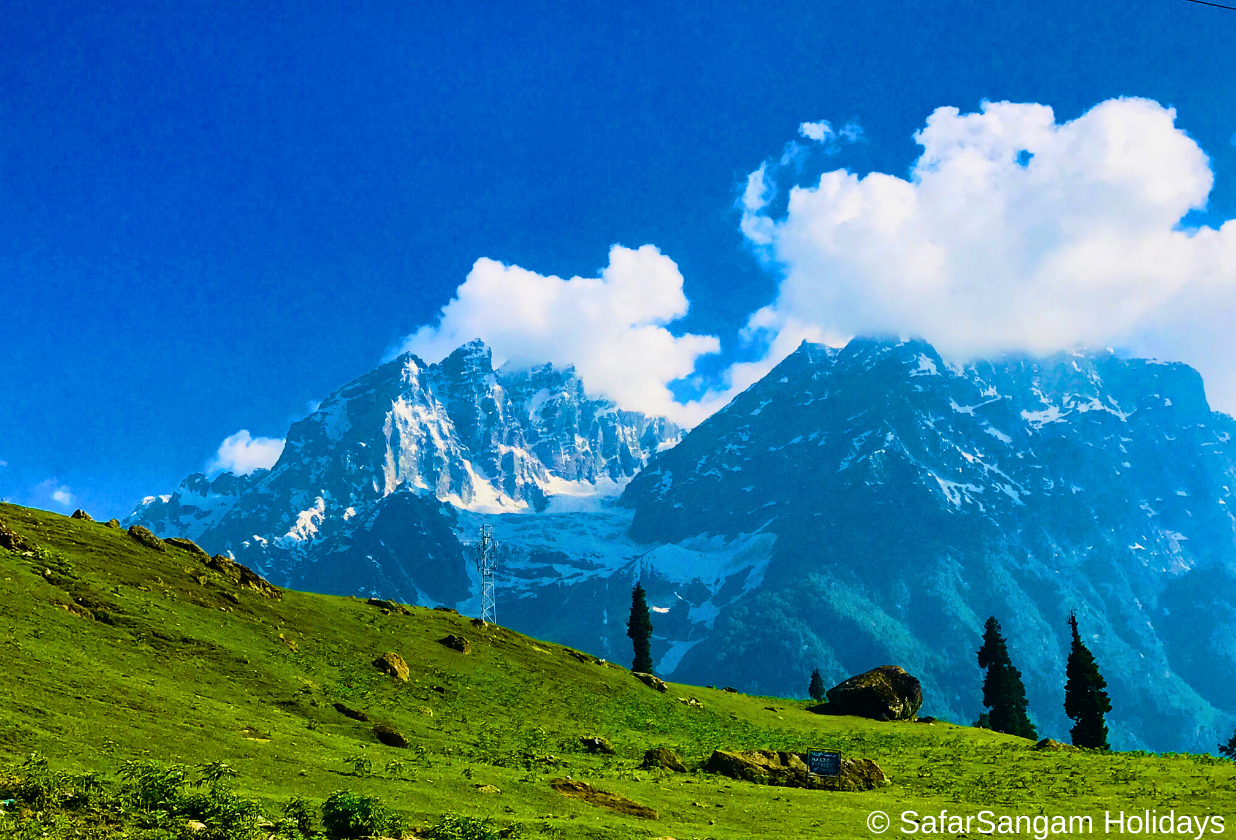 8 days & 7 nights
8 days & 7 nights
Kashmir’s Enchanted Valleys
Srinagar
Gulmarg
Pahalgam
+ 2
INR 21000 INR 26000
You save INR 5000
